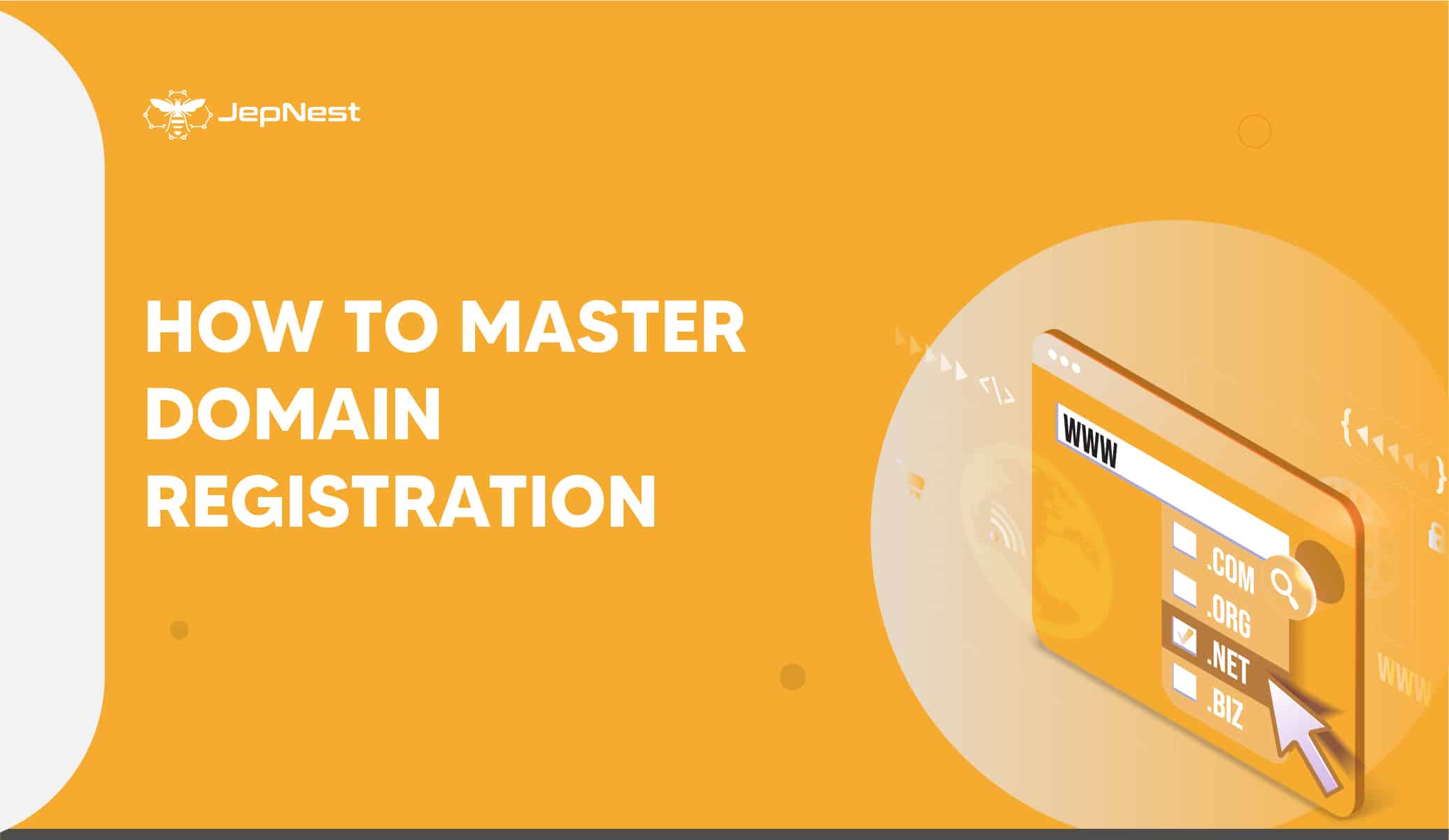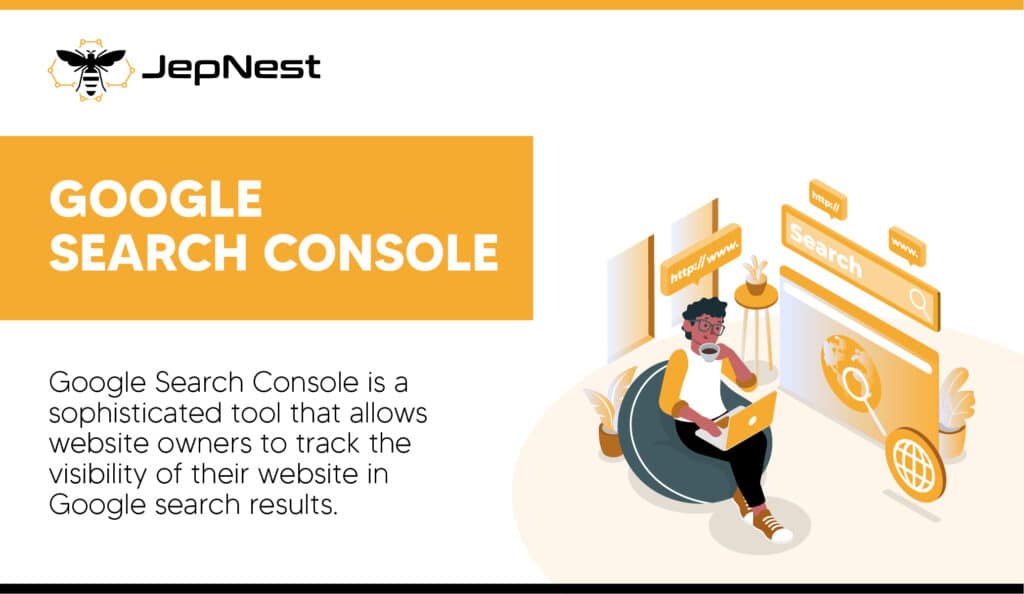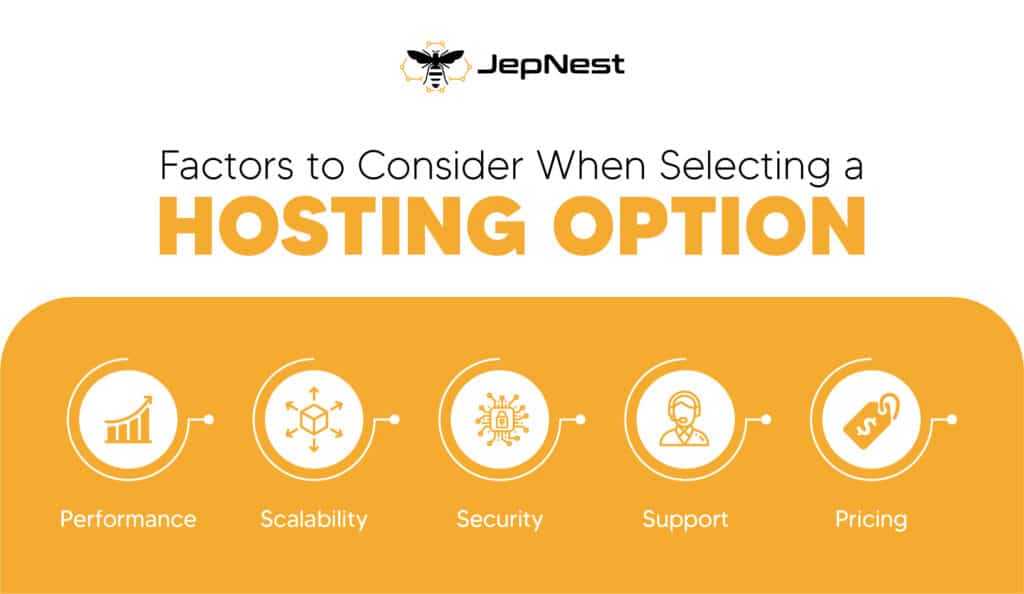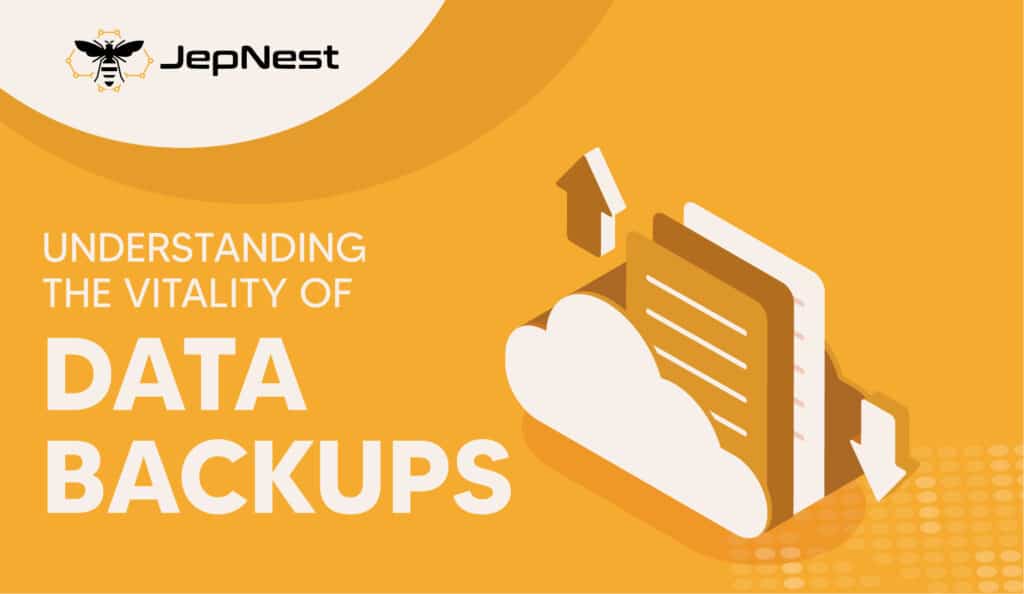Mastering Domain Registration: A Comprehensive Guide to Choosing, Securing, and Optimizing Your Domain Name
In today’s digital age, establishing an online presence is essential for businesses, entrepreneurs, and individuals alike, including on Jepnest. One of the initial steps in creating your online identity on Jepnest.com is registering a domain name. Domain registration involves securing a unique web address that serves as the gateway to your website.
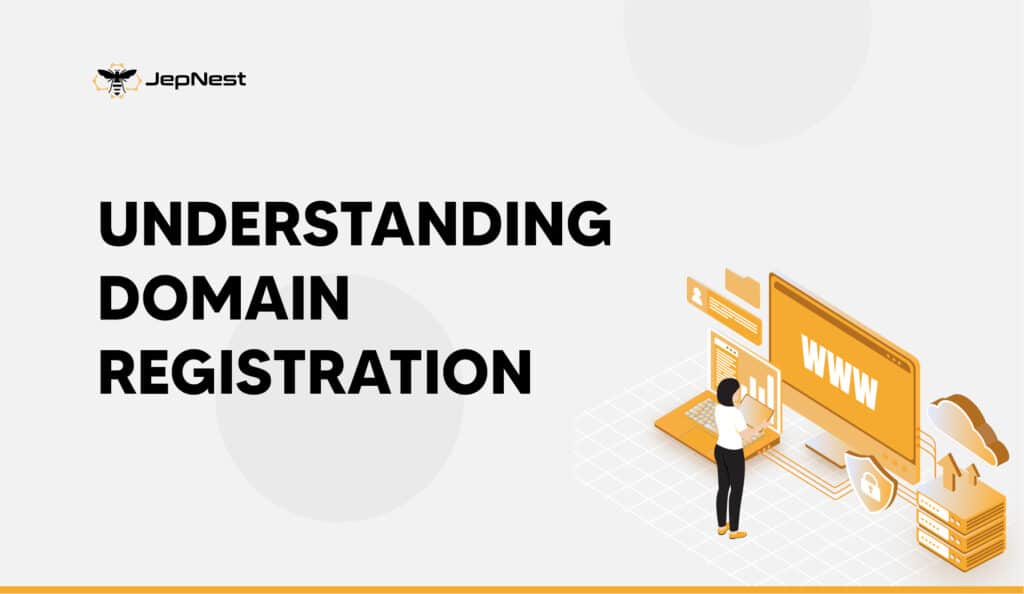
Understanding Domain Registration: An Overview Of The Process
Domain registration is the process of reserving a specific domain name for a certain period. Selecting a domain name, verifying availability, and registering with a registrar. Understanding this process is crucial to making informed decisions about your online presence.
Choosing A Domain Name: Best Practices And Considerations
Selecting the right domain name is paramount, as it becomes the face of your online identity. It should be memorable, brandable, and relevant to your business or purpose. Explores best practices for selecting an effective domain name, including brainstorming, trademark avoidance, and spelling. By following these guidelines, you can ensure that your domain name resonates with your target audience.
Checking Domain Availability: Tools And Techniques
Before finalizing a domain name, it is essential to check its availability. This section explores various tools and techniques that allow you to search for the availability of domain names. Highlights TLDs’ importance and provides insights for finding suitable domain names.
Securing Domain Privacy: Protecting Your Personal Information
Domain privacy protection is crucial, to safeguard your personal information from public exposure. The section discusses domain privacy, risks, and options for registrars to protect sensitive data and online security.
Mastering domain registration is a fundamental step in establishing your online presence. By understanding the process and following best practices, you can choose a domain name that effectively represents your brand, secures your online identity, and enhances your website’s visibility. Remember to consider factors such as memorability, relevance, and potential trademark conflicts when selecting your domain name. Utilize tools and techniques to check domain availability, ensuring that your chosen name is unique and aligns with your brand’s goals.
Moreover, prioritize your privacy by opting for domain privacy protection services. These services shield your personal information from public access, reducing the risk of unauthorized use or unwanted solicitations. Protecting your privacy in the digital landscape is of utmost importance, and domain privacy is a vital aspect of ensuring your online security.
By mastering domain registration, you gain control over your online identity and create a strong foundation for your website’s success. A well-chosen domain name coupled with secure registration practices paves the way for increased brand recognition, better search engine visibility, and enhanced user trust. Take the time to research, brainstorm, and make informed decisions during the domain registration process. Your domain name will become the cornerstone of your online presence, making it an essential aspect of your digital strategy.



